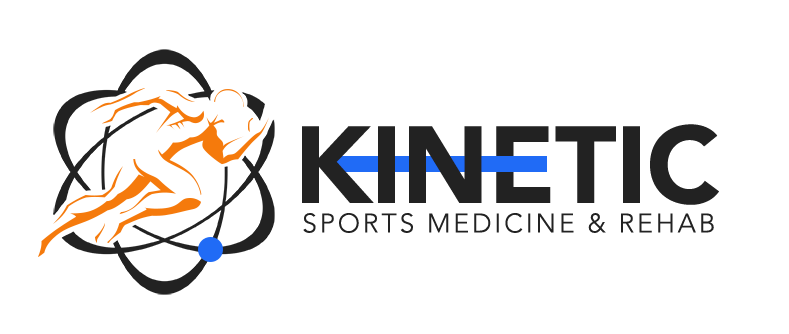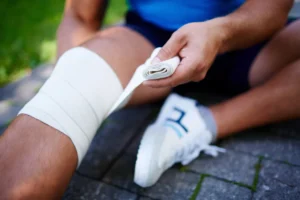Difference Between Dry Needling vs Acupuncture
Do you know the difference between acupuncture and dry needling?
Both techniques involve the use of needles, but they have distinct origins, techniques, and philosophies. Understanding these differences is crucial to making informed decisions about your healthcare.
In this article, we will explore the contrasting aspects of dry needling and acupuncture, shedding light on their scope of practice, training, and effectiveness in treating various conditions.
Get ready to dive into the fascinating world of needle therapy.
Key Takeaways
- Dry needling originated in the early 20th century by Janet G. Travell, while acupuncture dates back over 2,500 years in ancient Chinese practice.
- Dry needling involves inserting thin needles into trigger points or tight muscles to release tension, while acupuncture focuses on balancing the flow of energy or Qi through specific meridians.
- Dry needling is primarily performed by physical therapists, sports chiropractors, or other healthcare professionals who have completed specific training programs, while acupuncture requires extensive training in meridian theory and acupuncture points.
- Dry needling is commonly used to treat muscle pain, trigger points, myofascial pain syndrome, tendonitis, bursitis, and joint pain, while acupuncture is often used to treat chronic pain, migraines, arthritis, and emotional disorders like anxiety and depression.
Historical Origins
In this section, we’ll delve into the historical origins of dry needling and acupuncture.
Dry needling, a technique used by physical therapists, originated in the early 20th century by Janet G. Travell. She used it to treat muscular pain and trigger points.
On the other hand, acupuncture, an ancient Chinese practice, dates back over 2,500 years. Acupuncture is based on the belief that illness and pain result from imbalances in the flow of energy, or Qi, in the body.
Techniques and Tools Used
Your understanding of the techniques and tools used in dry needling and acupuncture is crucial in differentiating between the two.
Dry needling is a minimally invasive procedure that involves inserting thin needles into specific trigger points or tight bands of muscle to alleviate pain and improve function. These trigger points are often associated with muscle knots, which can cause pain, reduced range of motion, and muscle dysfunction. By inserting a needle directly into these trigger points, physical therapists aim to release the tension and restore normal muscle function. Dry needling is often used in conjunction with other physical therapy techniques, such as manual therapy, exercise, and education, to provide a comprehensive approach to pain management and rehabilitation.
Acupuncture, on the other hand, focuses on balancing the flow of energy or Qi through specific meridians in the body.
Acupuncturists use needles, but they may also incorporate other techniques such as cupping or moxibustion to achieve therapeutic effects.
Treatment Philosophy
The treatment philosophy of dry needling and acupuncture differs based on their respective approaches to healing and restoring balance in the body.
Dry needling focuses on targeting trigger points or tight knots in muscles to release tension and alleviate pain, fix compensation patterns, and restore proper movement in the musculoskeletal system.
Acupuncture, on the other hand, follows the principles of traditional Chinese medicine, aiming to balance the flow of Qi or vital energy through the body’s meridians.
Both techniques have their own unique philosophies and approaches to promoting wellness.
Scope of Practice and Training
For practitioners, understanding the scope of practice and training for both dry needling and acupuncture is crucial to providing safe and effective treatment. Here’s a breakdown of the differences:
- Dry Needling:
- It’s primarily performed by chiropractors and physical therapists, or other healthcare professionals who’ve completed specific training programs.
- Acupuncture:
- It’s a traditional Chinese medicine technique that requires extensive training in meridian theory and acupuncture points.
- Licensing and Regulation:
- The practice of acupuncture is regulated in most states, while dry needling may have varying regulations depending on the profession.
Conditions Treated and Efficacy
Dry needling and acupuncture are both effective treatments for various musculoskeletal conditions.
Dry needling is commonly used to treat muscle pain and dysfunction, such as trigger points and myofascial pain syndrome. It can also be beneficial for conditions like tendonitis, bursitis, back pain, and joint pain.
Acupuncture, on the other hand, is often used to treat a wider range of conditions, including chronic pain, migraines, arthritis, and even emotional disorders like anxiety and depression.
Both techniques have shown positive results in clinical studies, providing relief, reducing pain, and improving overall well-being.
Conclusion
So now you know the difference between dry needling and acupuncture.
Dry needling, with its modern techniques and tools, focuses on targeting trigger points for pain relief.
On the other hand, acupuncture, with its ancient origins and holistic approach, aims to balance the body’s energy flow for overall wellness.
Whether you prefer the precision of dry needling or the traditional wisdom of acupuncture, both therapies offer effective options for various conditions.
Choose the needle that speaks to you and find your path to healing.





